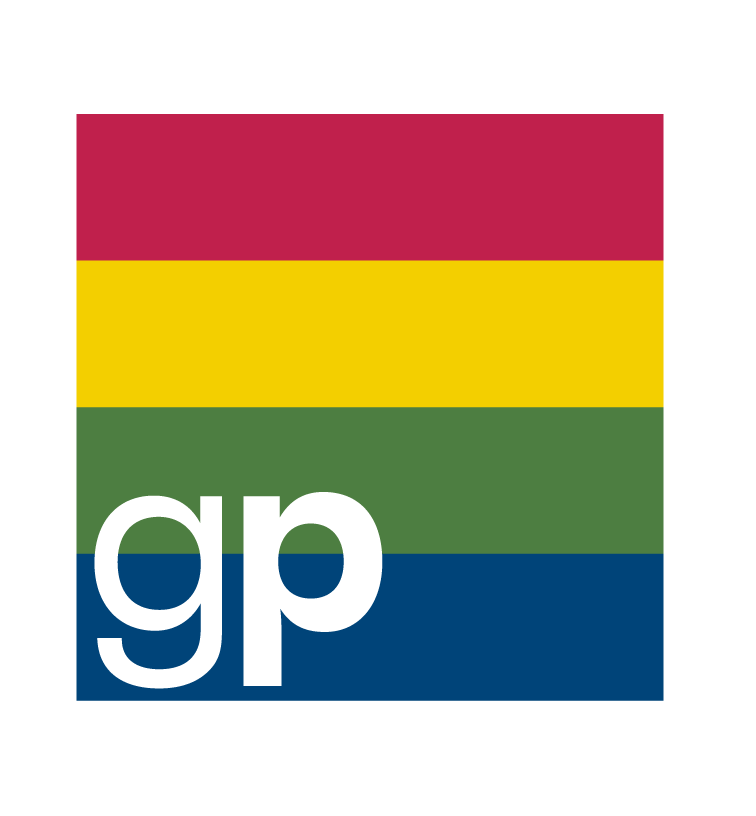
FAQs
THE QUESTIONS WE GET ASKED A LOT. IF YOU DON’T FIND IT HERE JUST CONNNECT AND ASK
-
Because we know how structure brings greater performance to strategic planning. It brings discipline into how to think and make better decisions.
-
Visual because it is the fastest way to absorb and understand information and data. Being visual rapidly aligns the ideas and concepts of multiple people working in teams.
-
Thinking because that’s the raw material of how humans think and work if they are to be productive, make progress and bring their imagination to life.
FAQs
What Does Group Partners Do?
We make strategies that work. We help clients plan, transform, exploit opportunities and resolve challenges.
We analyse the client’s existing context, gather the right data, design a program to solve the challenge. We facilitate leadership teams and work collaboratively to help them shape/own their future - we do a lot of it visually.
We focus on what matters to create impact and value through conversations that build alignment and commitment.
How Does It Work?
By designing and then applying structured, logical and visual frameworks.
These ensure that teams have the conversations that matter. They create focus and alignment and remove complexity and confusion. As a direct result, we can build solid foundations for strategy - making sense and building coherence.
Throughout each assignment, we apply visualisation extensively throughout to achieve clarity and understanding - seeing things differently and more clearly.
HOW A TYPICAL ASSIGNMENT WORKS
What Evidence Do You Have That It Works?
We have considerable evidence that it works.
Clients repeatedly return. They refer us to others. Many clients have brought us in to solve challenges over three decades, for different applications and at different businesses. Clients have audited the impact of our work and will attest to $Millions of performance increases and avoidance of risk and significant contributions to $Billions of wins in competitive applications.
We have seen the impact of our work on teams and the performance and outcome of their business. We have received countless references and testimonials.
Who Invented Structured Visual Thinking™?
We did.
And we did it because, as clients, we were constantly frustrated by the lack of ownership and engagement in the process. The process was either incomplete, distant, patronising and real involvement was missing.
It was difficult to make the traditional process of change, or strategic thinking part of everyone's responsibility and we knew it should be.
We were also frustrated that meetings happened and people walked away none the wiser and lacked the big picture. We saw that by being more structured, more immersive and engaging and more visual we could change all that.
What’s the difference between this and other consulting methodologies?
It’s rapid. It’s fun. It appreciates that our client’s time is at a premium.
Unlike many other ‘methods’, a central part of it is a real-time experience at scale. The audience feels like they are literally creating the blueprint for their future - which they are. Structured Visual Thinking™ is objective, impartial (no consulting or specialism bias) highly immersive (visually) and completely collaborative.
We leverage the capability and skills of our clients rather than bringing a host of external skills (cost). We believe strongly that they’re best placed to deliver and sustain the results.
OUR DEFINITION OF FRAMEWORK INTEGRITY
What makes Structured Visual Thinking™ different from visual facilitation?
Visual facilitation simply translates the conversation into pictures.
This is fun for those in the discussion and has value BUT Structured Visual Thinking™ is very different - it’s a logical series of conversations within a construct that answers a given business question.
It is a calculation as well as a visual record of the result that tells an overarching strategic story. It is an answering machine.
What is an Exam Question?
The challenge we are going to solve.
An exam question is that question which frames the challenge, anchors the team and informs the design of the conversational framework that is needed to answer it.
What is a Conversational Framework?
The tool we use to align a team on what matters and why.
It is a series of modules within an overall framework designed to stimulate the conversations needed to develop the strategy and action plan needed to answer the given challenge - the exam question.
Where do you work from?
Wherever it makes sense for us and our client.
We are based in London but travel extensively and have worked virtually for the last decade. We spend the majority of in-person time each year wherever the clients are. We travel to them and develop the sessions locally. The rest of the time we can work from anywhere in the world.
What do we get as a result?
The answer to the challenge. A plan, a strategy - the answer to the exam question.
As a consequence, the client gets alignment engagement ownership and confidence in the way forward. As compared to what’s often a confusing set of documents decks and presentations.
Our approach is the opposite of a long drawn out and expensive program. It delivers practical and physical tools that have high ownership because our clients have helped to build them. The results are typically highly visual high-quality and engaging graphical interpretations of what are typically mundane and impenetrable written concepts.
Our clients always get comprehensive documents as well and I and in some cases access to the platform that holds all of the data and insights that will have emerged throughout an assignment.
In addition, clients will receive all of the imagery always accessible as reports and deliverables from each interaction with us throughout the program.
DOCUMENTATION AT AT EVERT STAGE OF OUR WORK
Who needs to be involved to make this a success?
Those most invested in a high-quality result.
We need everybody involved who is either a decision-maker or critically involved in the execution of a strategic plan or blueprint. Because our process is highly visual many people can be involved.
We deploy, in advance of in-person sessions, surveys evaluations and assessments so that we get a wide and valid context. In the in-person parts of our assignment, we need people who feel able to speak up with confidence and debate the critical conversations because they are inextricably linked to their delivery.
We also need the senior decision-makers typically the CEO and other leaders to be involved for this level of work to be successful over a sustained period.
How do I explain the value of this to my colleagues?
We will help you with that.
We go to great lengths to provide expectation setting material and unique value propositions for each case.
We know it can be difficult to explain something different and unique to newcomers. We have a comprehensive and vast library of resources and online support for our clients and future clients to explain to others the value of this to them. We are always innovating and creating new materials to add to this archive.
How long will it take to get to a result?
A matter of weeks depending on the complexity of the exam question.
Because Structured Visual Thinking™ is the antithesis of long and drawn out programs we aim to get to value very quickly. Our typical programs last 8 to 12 weeks and that timescale is governed as much by our client's access and availability as it is to us supporting the work and developing the outcomes.
The length of the program is a discussion at the outset and very much governed by what we call the exam question. These exam questions demand that very different levels of work be needed as a result. This factor inevitably shortens or extend the time although on average we suggest between 2 to 3 months to get to a very meaningful result.
What kinds of problems does Structured Visual Thinking™ solve?
The important business challenges in any industry.
We’ve proven that Structured Visual Thinking™ is applicable to every kind of business question. We describe the exam question as a frame which if answered would define success. And then as a result of the frameworks that we design thereafter, there is no limit to the discussions, data and calculations that can happen and need to be held to answer it.
We’ve worked in every category with every challenge and never felt that our approach didn’t respond well and remedy the situation. We describe each exam question as a challenge and a challenge as both overcoming a problem and exploiting an opportunity.
TURNING THE RESULTS OF SESSIONS INTO COMMUNICATION TOOLS
Can we do this virtually?
Much of it but for best results not all of it.
We have done many sessions virtually and many aspects throughout each assignment virtually. We are in a hybrid world nowadays but there is no replacement for in-person sessions at key points throughout each assignment. We do not recommend being completely virtual.
In the early days of each assignment, almost everything can be done remotely through calls, surveys, evaluations and assessments. We have developed a Group Partners framework collaboration platform that is completely virtual and online and allows for the entire assignment to be checked in and caught up on.
The key part of our assignment is working together in close association with the senior stakeholders to align and sign off on strategy but more importantly to be creative and immerse themselves in the future that they see for themselves.
This is not easy to do through current virtual experiences because much of our work is in identifying the body language and nuance that sits within critical conversations.
What do I need to do at my end to make this more successful?
Manage peoples expectations properly. And we help with that.
Expectation setting is a key theme throughout every successful assignment.
We recognise that many people are sceptical about external resources being brought in to solve critical problems. We go out of our way to work with our clients to make sure that we talk individually with each stakeholder to make sure they feel comfortable about what's to come and at every step of the way.
This expectation setting, the collation of existing information and context setting are both critical parts of getting to a successful outcome.
What happens if I don’t have the information that you need?
It’s almost certain that you won’t - but don’t worry that’s a big part of solving the challenge anyway.
A big part of our work using structured frameworks and framework science is to develop logic that shows how the future can be achieved. As a consequence information is often missing and that is good to know.
Missing information often means better conversations and an increased appreciation as to why that information is critical to the mission. Knowing this early within a transformation strategy or planning exercise simply means that that’s an initiative or action is required - just like any other.
Is it best to do this kind of thing at our offices or find a venue offsite?
It’s a contextual question and an opportunity.
It really depends on the focus, attention and discipline required of the team. We want quality and dedicated time without distractions. This is a major investment in critical areas for the future of the business.
It may be valuable to get people away from the traditional environment to encourage better and more critical thinking. We often take these opportunities to change the scenery and therefore mindset and often our clients use this approach to act as the centrepiece of a retreat.
THE IDEAL SPACE FOR LARGE SCALE SESSIONS
What kind of venue is best for an event?
A large open space and a flat wall.
In our world, the in-person event requires a large space with open and unrestricted walls that are painted white to allow us to apply a thin-film technology turning each surface into a whiteboard.
We know this isn’t always possible so in many cases the space simply has to be suitable enough to build an 8 foot high by a 60-foot wide wall within the room. This wall doesn’t need to be a continuous wall so the room will appear to become a big white box within which to think.
The best venues are those that understand how team meetings need to happen and in this day and age. This requires good access to technology, good catering, ready access to refreshments and fresh air for teams - conducive to a comfortable few days - and of course good lighting.
…and what happens if not everybody can be there at the same time can we bring people in partway through?
It is inevitable that some people cannot make the same time as everyone else. We can choreograph the event to some degree and make sure that people can arrive and quickly be brought up to speed.
What they’ve missed is explained in a way that they can participate properly in what has gone before. Structured Visual Thinking™ makes this more possible because it is visual, built by the whole team and literally a growing story right there on the wall.
Ideally, everybody is present from the beginning so as to avoid going around conversations too many times but we certainly can accommodate it and manage the process to make it possible.
In some cases with professional teleconferencing and video production support (Audio, microphones, mixing desks and video screens) we can bring people from all around the world to the sessions.
It is not ideal for people in different time zones so we have made the ongoing process/progress available through the regular photographing of the walls. The distribution of them as well as access to common documents and videos distributed overnight to get people ready for the next day.
Nobody likes sitting around on zoom so a hybrid solution is often the best where people who are working remotely can have specific updates and we can identify ‘buddies’ in the room to relate and debrief to their colleagues around the world.
TAKING THE STRATEGY OUT TO THE ENTERPRISE
Do I own all of the graphics and images that emerge from the Structured Visual Thinking™ assignment?
Yes, every graphic and every document we create remains the property of our clients. We keep a comprehensive record in a secure environment at Group Partners.
How can you do this in your sector if you are not an expert in the sector?
Not being an expert in the sector has always been a benefit and never a challenge. Partly because we witness the same challenges no matter what the sector but more importantly our objectivity and impartiality is a massive benefit and we protect it fiercely.
We bring lessons from other industries in. This is increasingly an essential part of why clients engage with us.
It allows us to ask questions as a third party but is devoid of bias, judgement or assumptions that experts can inadvertently have. This has been a major contributor to achieving the refreshing outcome for our clients. Please see our testimonials.
And finally, we are a quick study. We are naturally curious and obsessive about the contacts within which any industry works. These days it is not that hard for us to get to the level of understanding necessary to have a strategy session about a clear outcome.
How much does a session cost?
This is variable depending on the exam question and deliverables needed. Typically an 8-12 week assignment will be between £35-65k.
What’s the benefit of getting everybody together and I’m why do you pay so much attention to it?
Because there’s no replacement for human interaction and ownership in the meaning behind strategy and planning.
The power of seeing a teams ideas emerging through the process is considerable. We know of no other way to get that engagement and encourage that interaction between people.
This method allows people to have conversations unlike any other. The act of translating abstract ideas in peoples minds into practical and real-world terns through visuals is highly compelling for people,









